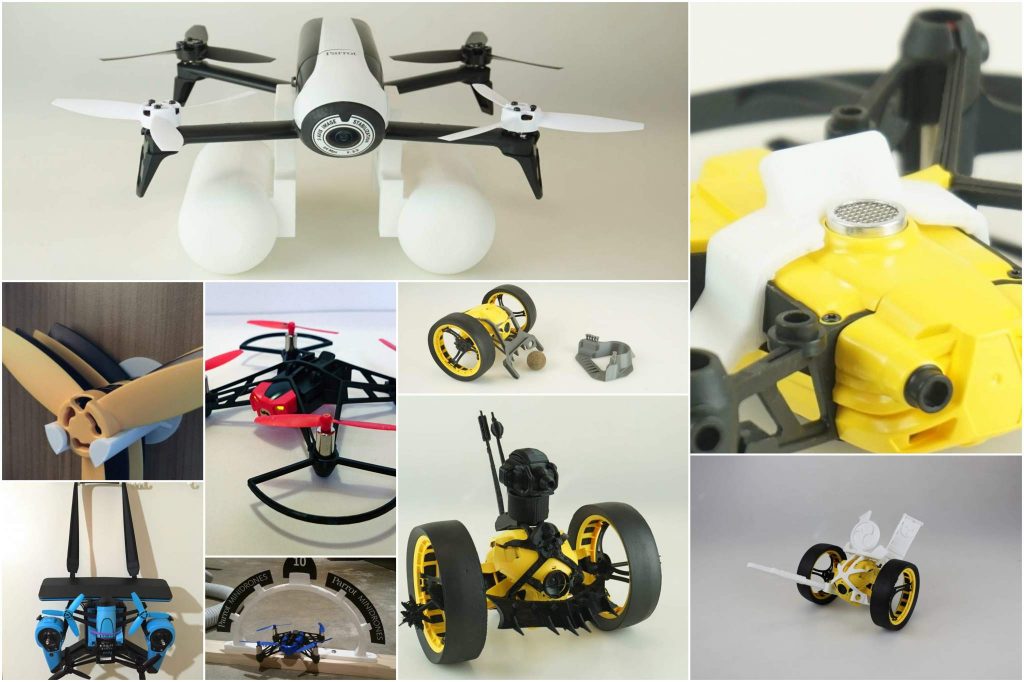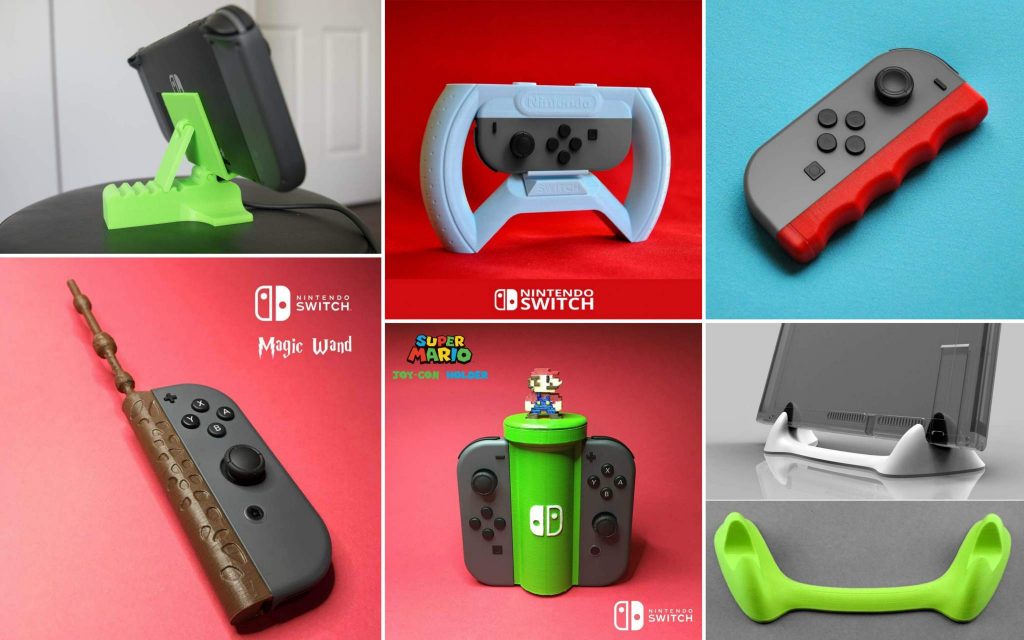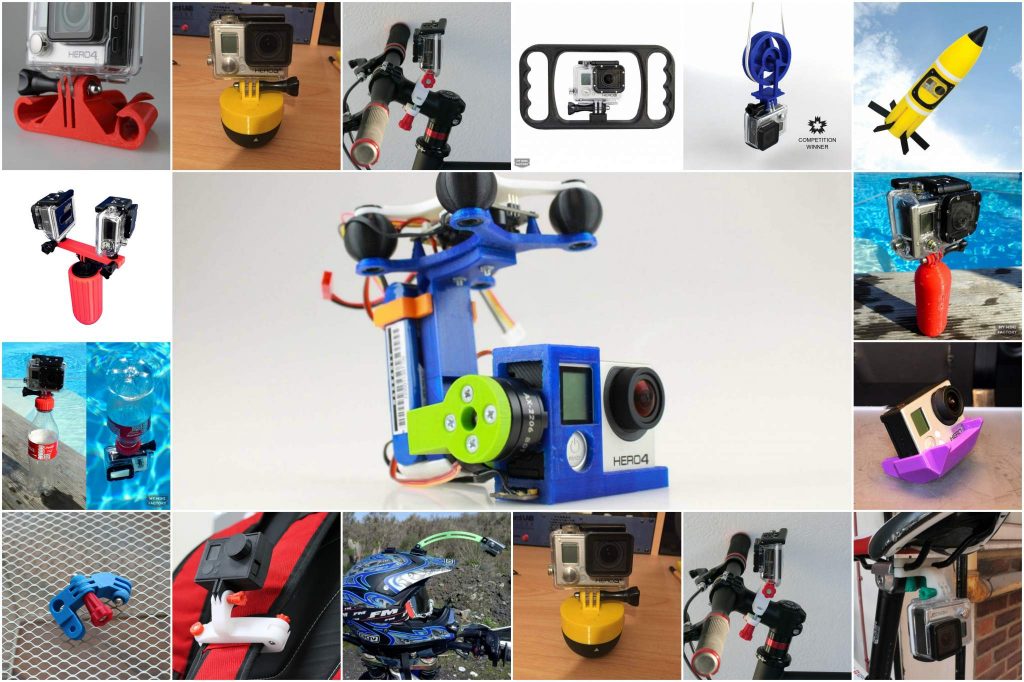This is a guest post in our series looking at the future of 3D Printing. To celebrate 5 years of reporting on the 3D printing industry, we’ve invited industry leaders and 3D printing experts to give us their perspective and predictions for the next 5 years and insight into trends in additive manufacturing.
Robert Lindsay is the brand partnership manager and project lead of GoDigical, a platform solution developed by MyMiniFactory that allows brands to harness the disruptive nature of 3D printing.
3D printing opportunities for consumers and brands by Robert Lindsay.
Desktop 3D Printing has fallen prey to the talons of media hype time and time again with some commentators depicting dystopian futures of tumbleweed high streets as retail outlets are rendered obsolete by the disruptive power of additive manufacturing.
Those in the know roll their eyes at such dire forecasts, while those that do not are frequently disappointed by the stark contrast and limitations that reality presents.
So where does 3D printing fit into the immediate future of consumer products, and how will it impact the design, production and consumption of goods?
Will 3D printing replace traditional manufacturing?
This is a common misconception of 3D printing. Whilst there are many benefits to additive manufacturing, mass production is not one of them. Wherever there is a need to mass manufacture identical components, production lines will almost always prove superior in both the end cost, profitability due to economies of scale and array of finishes and exotic material combinations available to choose from.
Makers today are using desktop 3D printing in relation to consumer products across 3 primary categories: spares, customizations and real world solutions/applications.

Spare parts pose a liability to all parties
For the end user, the supply chain can be unpredictable and unsustainable. When a product line is discontinued, price rises are frequently inevitable. For example vintage car components change hands for substantially more than the original price.
Manufacturers must assess the requirement to produce spare components and meet predicted demand for replacement parts during the product’s life-time. These spare parts exist purely as liability, exposing the manufacturer to the cost of production, storage, insurance, and potential “deadstock” exposure.
This is where 3D printing offers a clear solution, allowing the end user access to any part, no matter how old, wherever they are in the world. While this offers potential freedom from inventory costs to the manufacturer, potentially other liabilities may be created.

Mass manufacture replaced by customization
The second trend gaining ground during the next 5 years of 3D printing is mass customization.
Today, we all now enjoy, and inevitably demand, increasing levels of customization of our consumables, be it your caffeine free, vanilla scented, hipster infused flat white, or your latest smart phone color scheme, along with in app themes and matching peripherals.
But what can manufacturers do to meet this ever growing demand for personalization?
In mass manufacturing, every iteration adds cost and risk to the end product. Manufacturers cannot meet all their users bespoke needs, so instead assumptions and compromises are made to meet perceived demand as best they can.
By embracing the opportunities 3D printing presents, manufactures can concentrate their efforts on producing one core product, with zero iterations, allowing 3D printing to serve as the economic solution to customisation, empowering users to enjoy infinite colors schemes, trending themes and personal touches, whist reducing the RRP.
This in turn opens up a whole new ecosystem for commerce, enabling the 3rd party development of google chrome style “extensions” for physical products.

Real world applications and accessories
For many products, accessories are king. For example, consider the GoPro without it’s seamlessly infinite array of custom mounts.
“Would-be” GoPro competitors can compete on price or feature differentiation, but initially, they will struggle given the lack of accessories for their product.

This is where consumer 3D printing comes in. By providing an incentive for the growth of community libraries of 3D content around core products, brands can deliver trending, current content to their customers, at a fraction of the cost.
As head of brand partnerships at MyMiniFactory I see many opportunities for established enterprises to leverage the power of 3D printing. For example, GoPro and Nintendo Switch are both popular choices for our community of designers for the creation of solutions to under-served consumer needs.
The future of 3D printing
In the next 5 years, I see a growing adoption of 3D printing by such brands. Forward thinking companies now have the opportunity to be first to market with trending content. Not only does this add value to their existing consumer base, but it also brings corporate benefits such as organic media exposure and publicity.
Whilst additive manufacturing poses many philosophical questions about the future of I.P., consumerism and manufacturing, it also has many limitations that need to be understood. It is only by understanding the limitations of desktop printers and filament materials, and coupling them with traditionally manufactured products, can we enjoy the benefits of consumer 3D printing today.
This is a guest post in our series looking at the future of 3D Printing, if you’d like to participate in this series then contact us for more information. For more insights into the 3D printing industry, sign up to our newsletter and follow our active social media channels.
Don’t forget that you can vote now in the 1st annual 3D Printing Industry Awards.
Can you find more information here about GoDigical and participate in the current design challenge for the World’s Smallest 4K Camera, the Mokacam.
Featured image shows Robert Lindsday. Photo via MyMiniFactory.


